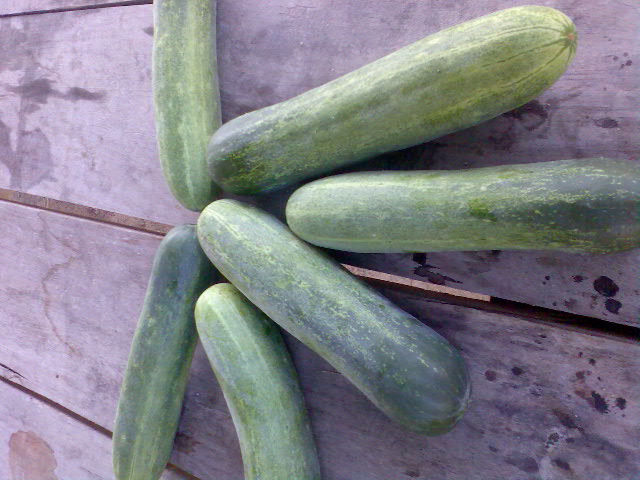Found in tropical and sub-tropical regions, notably in
Central America, Florida, and India
World Vegetable Center
Symptoms
Symptoms include mottle and puckering of leaves, and
misshapen leaves and fruit. Symptomatic leaves are
not as chlorotic as those infected with alfalfa mosaic
virus (AMV). Heavily infected plants may be stunted
and fruit yields reduced. Foliage and fruit symptoms
are less severe in plants that are infected at a later
stage of development.
The virus may occur in mixed infections with other
related viruses such as potato virus Y (PVY), tobacco
etch virus (TEV) or pepper veinal mottle virus (PVMV).
Conditions for Disease Development
Pepper mottle virus (PepMV) is transmitted by aphids
such as green peach aphid (Myzus persicae), cotton
melon aphid (Aphis gossypii), and cowpea aphid (Aphis
craccivora) from infected host plants, which are often
weeds such as Datura spp. and nightshade.
An aphid gets the virus by feeding on an infected
plant for only a few seconds. The aphid can then transmit
the virus immediately the next time it bites into a plant,
then losing the virus. The virus is generally retained by
the aphid for no more than one hour.
The virus also may be introduced into pepper crops
on infected transplants, and then spread by aphids to
nearby weeds, which act as future reservoirs for the
virus.
PepMV is mechanically-transmitted by plant sap
but not by simple contact between plants. PepMV can
be transmitted by grafting but not by pepper seed.
Control
Resistant varieties are available. Check with your
extension agent for resistant cultivars that are available
in your region.
Use of insecticides during the growing season is
ineffective; however, control of aphids early in the season
prior to seeding or planting the field, to reduce initial
infection and spread, may be useful. Spray weeds
bordering the field with an aphicide prior to seeding or
planting the field. This will prevent the aphids from moving
to other plants and infecting them when subsequent
weed control is started. Destroy all annual weeds in
the field, including those in ditches, hedge or fencerows,
and other locations.Use a 32-mesh or finer mesh netting to exclude
aphids from transplants before they are set into the
field. Avoid planting peppers close to established
tomato, tobacco, and pepper fields since these fields
may harbor aphids. Plant earlier to avoid high aphid
populations that occur later in the season.
Other control measures include scouting fields for
the first occurrence of virus disease. Where feasible,
infected plants should be pulled up and destroyed, but
only after spraying them thoroughly with an insecticide
to kill any insects they may be harboring.
Reflective mulches may be used to repel aphids,
thereby reducing the rate of spread of aphid-borne
viruses. Aphid populations should be monitored early
in the season and mineral oil or other insecticide
treatments applied when needed. The mineral oil sprays
will reduce the frequency of transmission of the virus
by the vector and thereby delay development of the
disease in the pepper crop.
























